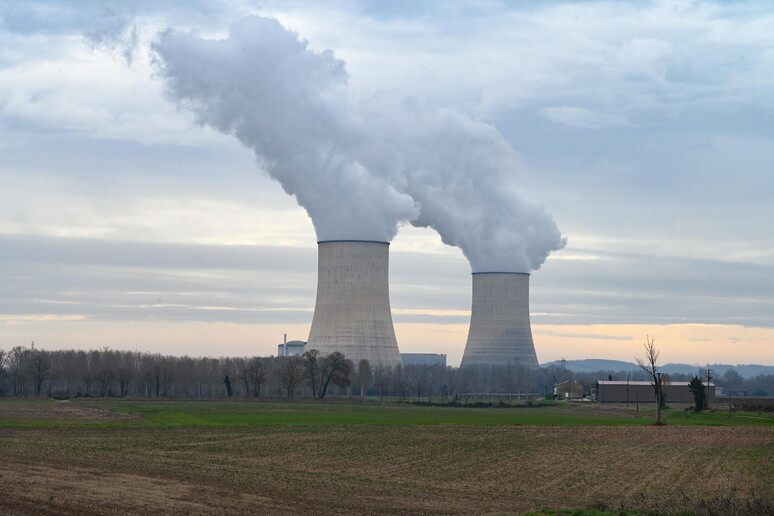On Friday, President Trump signed a series of executive orders aimed at spurring what he called a “nuclear energy renaissance” in the U.S. through the construction of new reactors that he says will meet the demand for electricity for sectors as varied as data centers for artificial intelligence and other emerging industries.
Trump declared a national energy emergency from his first day in office and repealed Joe Biden’s ban on new natural gas export terminals, expanding oil and gas drilling in Alaska.
Nuclear power does not result in carbon, oil and gas emissions, but it does produce radioactive waste. To date, there are no adequate permanent storage facilities in the U.S., which is why Trump’s initiatives immediately put environmentalists, who have more than a few doubts about the MAGA leader’s plan, on edge.
The U.S. president signed four orders whose aim is to speed up approval of nuclear reactors: for defense and IA-related projects, to reform the Nuclear Regulatory Commission with the goal of quadrupling U.S. electricity production in the next 25 years, to revamp the regulatory process to have three experimental reactors operational by July 4, 2026, and to increase investment in the technology’s industrial base.
“Mark this day on your calendar. This is going to turn the clock back on over 50 years of overregulation of an industry,” the interior secretary, Doug Burgum, said. “President Trump here today has committed to energy dominance, and part of that energy dominance is that we’ve got enough electricity to win the AI arms race with China.”
In past decades, high-profile incidents at nuclear power plants in the United States and abroad have sparked public opposition to nuclear power, even though Trump has called this energy “very safe.”
In one of his executive orders, the president also attacked the Nuclear Regulatory Commission, saying its safety standards are too strict.
As a result, the order requires the NRC to reduce its staff and that the Advisory Committee on Reactor Safeguards, which advises on hazards and radiation protection, among other issues, be “reduced to the minimum necessary,” a move that further alarms the critics of nuclear energy.
The EO also requires the agency to decide whether or not to approve licenses for new nuclear reactors within 18 months, a process that generally takes several years.












